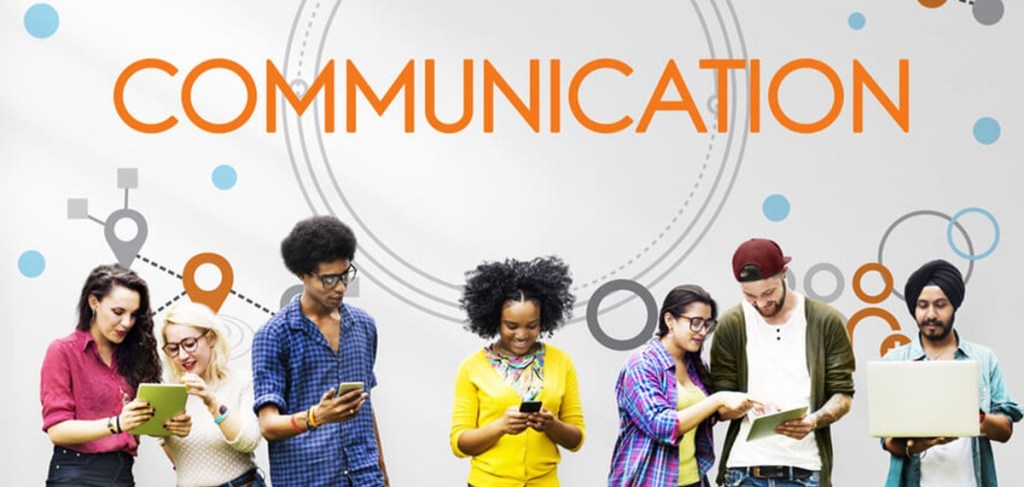Virality implies interacting with people and enticing them to participate. Unlike a marketing strategy that can be executed post the launch, it needs to be well-thought and built into your app from the beginning.
An Introduction to the World of Social Media Integration:
Social media integration is an effective marketing strategy that allows you to leverage social media channels as an extension of your existing marketing strategies. It provides your audience numerous ways to interact with your brand, share, and promote your products/services. The absence of certain platforms on your app might reflect poorly on the brands authority or reputation.
Building a social experience into an app can help in massive retention of clients, as well as make it go viral via customer engagement and organic growth. This is the reason why the majority of businesses are now bringing social media into the equation. It not helps in keeping your business on the leading edge of the industry but also way ahead of the competitors. Having a social media feature in the app allows users to share their activities on the social media platforms, which, in turn, intrigues other users. This curiosity makes other people download and try the app. An app, when downloaded by several users, goes viral in an instant. Basically, what was once an innovative measure to reach potential clients is now an integral tool in the app industry.
To integrate social media features in an app, you need to add visible click-to-add social media buttons so as to to facilitate syncing of user accounts with the app. In addition, you need to allow the users to register/login into the app using their respective social media accounts for effortless navigation. This is also necessary to avoid any unnecessary glitches that might result in loss of customers. In addition to Facebook, Twitter, and even LinkedIn for that matter, people are also using chatbots for a better user experience.
Here is how incorporating social features in an app makes it go viral:
1. Enables Greater App Functionality
Integrating social media features inside an app can help enhance its functionality to a great extent. Instagram and Tinder are the examples of some prominent mobile apps that have redefined the way social media networks can be utilised. Both these apps have seamlessly integrated social media platforms in their setups to deliver a great user experience. While Instagram has allowed users to login through their Facebook account, providing them with the option of sharing their images on other social networks; Tinder has gone a bit further. When users login on Tinder using their Facebook profile, the app derives data from Facebook and shows matches with mutual interests or friends.
In addition to these, social integration also enables features such as addition of products to wish list and recommending such products to other users. All this improves the proficiency of the app, giving them an upper hand over other apps in the market.
2. Enhances Exposure and Visibility
As per the latest data, there are nearly 2.03 billion active social media users all across the globe. In a scenario where social media has taken the world by storm, it would be wrong to ignore this aspect, especially when it comes to a rapidly-evolving domain such as a mobile app. Owing to the fact that social media offers significantly greater amount of clicks, their integration into apps often attract visitors, in large numbers. It helps an app reach the segments that would have otherwise been left unaccounted for.
Not to forget, a significant chunk of the millennial’s these days spend hours on the social media platforms, browsing endlessly throughout the day. Social media sites, when expertly intertwined with an app increases the probability of people stumbling upon your apps link. Further, if your users share your content on social media sites, you can expect the visibility of your brand to skyrocket.
3. Provides Plenty of Data for Analysis

Embedding social media features comes with yet another benefit of data analysis. It provides businesses with plenty of data to process and analyze the behavioral pattern of users. These data points include the likes, dislikes, peak activity time, and frequency of user activities. The companies can derive these results and use the information further for the following purposes:
- Conduct market research,
- Identify target groups,
- Collate customer details, and
- Formulate long-term strategies for the growth of business.
The users social login data and their sharing patterns can provide useful insights that can be used for optimizing promotional campaigns. Alogorithms that track a customers purchase on an e-commerce app can help to make recommendations easier. Segment users and their activities during their engagement with the app also help in increasing the conversion rate of the customers.
4. Encourage Communication Between Users

Social media sites are the epicentre of online activities and no less than a hotbed for virality. The sites, when intertwined in an app, encourage
- Interaction,
- Collaboration, and
- Communication between diversified users.
Therefore, if one user picks up a certain thing, it instantly is a hit amid other users. Social media sites, being a breeding ground for trends, offers a high level of virality, which is second to none! These provide more heed to videos and photographs that are two primary sources of virality.
5. In-app Social Sharing

Enabling in-app social sharing becomes easy with the integration of social media channels in an app. This involves seamless integration of social feeds directly into an app. For instance, a business app can have its own Facebook or Twitter Account Feeds, which makes it easy for the users to know about a specific event and get updates without leaving the app. This, in turn, avoids loss of traffic to native social networking apps, thereby promoting extensive adoption of the app.
To sum up: Intermixing social features in an application is a smart move, which is essential especially for businesses that are operating in the mobile market. It not only helps in enhancing a brand’s visibility in the competitive market but also generate a stream of steady income flow and deliver an unrivaled user experience, thereby making it go viral instantaneously!



